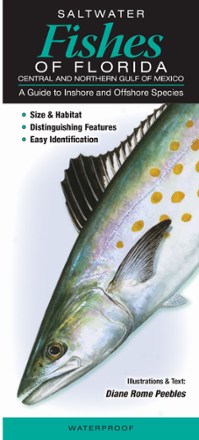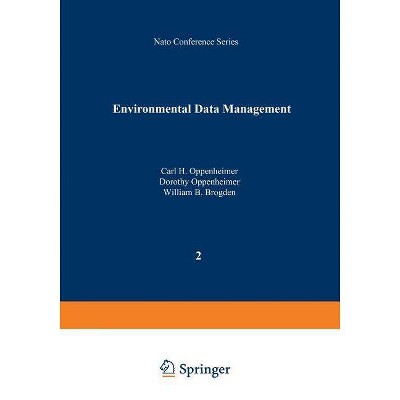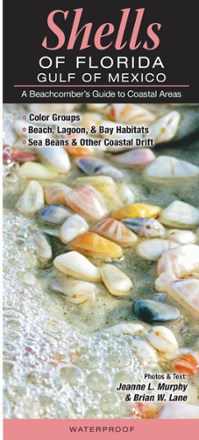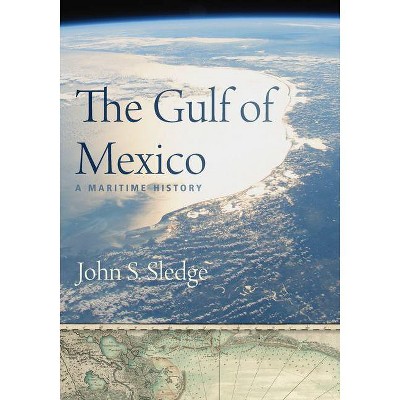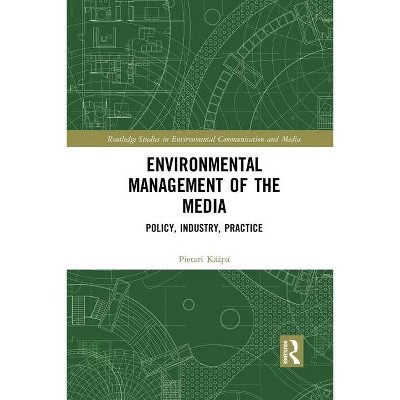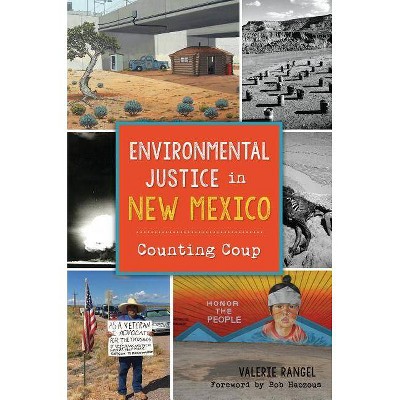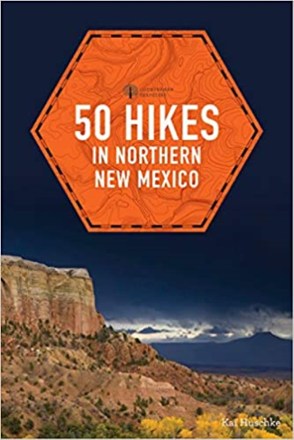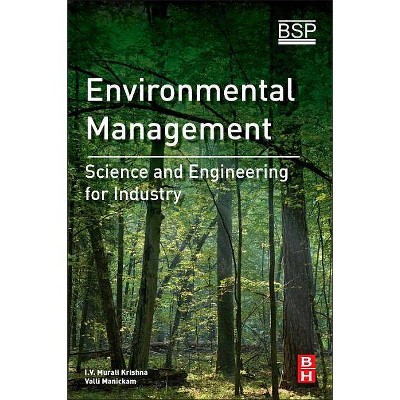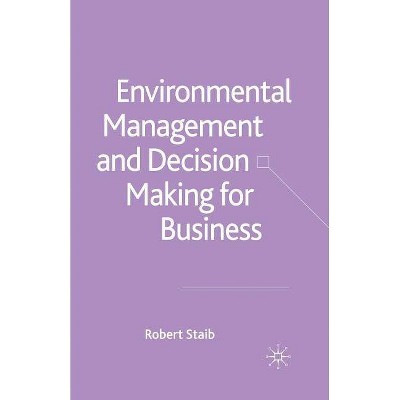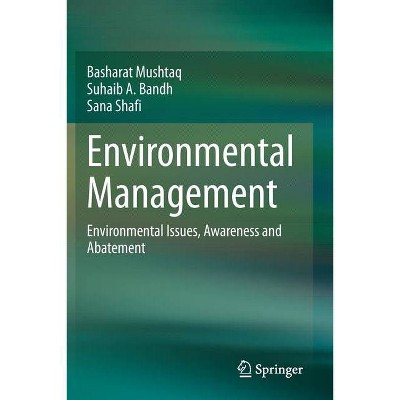Hypoxia in the Northern Gulf of Mexico - (Springer Environmental Management) (Paperback)
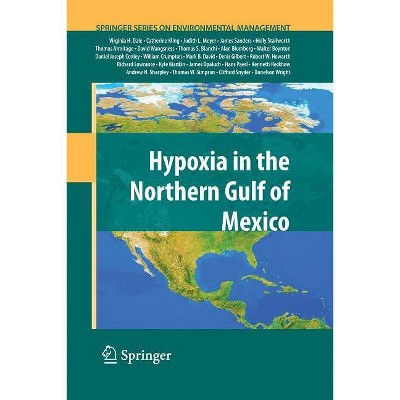
Similar Products
Product info
<p/><br></br><p><b> About the Book </b></p></br></br>The book is based upon a lengthy review conducted by the Hypoxia Advisory Panel (HAP) of the Science Advisory Board for the Environmental Protection Agency (EPA) chaired by Virginia Dale. The report upon which the book is based has been extensively reviewed. The project's web site contains numerous review comments about the report, all of which have been addressed. In addition the draft report was review by four vetters who were paid by the EPA Science Advisory Board (SAB) to review the report. Those comments were addressed to the satisfaction of the EPA SAB Chapter Board. The book has been enthusiastically received by the SSEM series editors.<p/><br></br><p><b> Book Synopsis </b></p></br></br><p>Table of Figures * <p>List of Tables *</p> <p>Glossary of Terms *</p> <p>List of Acronyms *</p> <p>Conversion Factors and Abbreviations *</p> <p>Executive Summary *</p> <p>1. Introduction *</p> <p>1.1. Hypoxia and the Northern Gulf of Mexico - A Brief Overview *</p> <p>1.2. Science and Management Goals for Reducing Hypoxia *</p> <p>1.3. Hypoxia Study Group *</p> <p>1.4. The Study Group's Approach *</p> <p>2. Characterization of Hypoxia *</p> <p>2.1. Processes in the Formation of Hypoxia in the Gulf of Mexico. *</p> <p>2.1.1. Historical Patterns and Evidence for Hypoxia on the Shelf *</p> <p>2.1.2. The Physical Context *</p> <p>2.1.3. Role of N and P in Controlling Primary Production *</p> <p>2.1.4. Other Limiting Factors and the Role of Si *</p> <p>2.1.5. Sources of Organic Matter to the Hypoxic Zone *</p> <p>2.1.6. Denitrification, P Burial, and Nutrient Recycling *</p> <p>2.1.7. Possible Regime Shift in the Gulf of Mexico *</p> <p>2.1.8. Single Versus Dual Nutrient Removal Strategies *</p> <p>2.1.9. Current State of Forecasting *</p> <p>3. Nutrient Fate, Transport, and Sources *</p> <p>3.1. Temporal Characteristics of Streamflow and Nutrient Flux *</p> <p>3.1.1. MARB Annual and Seasonal Fluxes *</p> <p>3.1.2. Subbasin Annual and Seasonal Flux *</p> <p>3.2. Mass Balance of Nutrients *</p> <p>3.3. Nutrient Transport Processes *</p> <p>3.4. Ability to Route and Predict Nutrient Delivery to the Gulf *</p> <p>4. Scientific Basis for Goals and Management Options *</p> <p>4.1. Adaptive Management *</p> <p>4.2. Setting Targets for Nitrogen and Phosphorus Reduction *</p> <p>4.3. Protecting Water Quality and Social Welfare in the Basin *</p> <p>4.4. Cost-Effective Approaches for Nonpoint Source Control *</p> <p>4.4.1. Voluntary programs - without economic incentives *</p> <p>4.4.2. Existing Agricultural Conservation Programs *</p> <p>4.4.3. Emissions and Water Quality Trading Programs *</p> <p>4.4.4. Agricultural Subsidies and Conservation Compliance Provisions *</p> <p>4.4.5. Taxes *</p> <p>4.4.6. Eco-labeling and Consumer Driven Demand *</p> <p>4.5. Options for Managing Nutrients, Co-benefits, and Consequences *</p> <p>4.5.1. Agricultural drainage *</p> <p>4.5.2. Freshwater Wetlands *</p> <p>4.5.3. Conservation Buffers *</p> <p>4.5.4. Cropping systems *</p> <p>4.5.5. Animal Production Systems *</p> <p>4.5.6. In-field Nutrient Management *</p> <p>4.5.7. Effective Actions for Other Nonpoint Sources *</p> <p>4.5.8. Most Effective Actions for Industrial and Municipal Sources *</p> <p>4.5.9. Ethanol and Water Quality in the MARB *</p> <p>4.5.10. Integrating Conservation Options *</p> <p>5. Summary of Findings and Recommendations *</p> <p>5.1. Charge Questions on Characterization of Hypoxia *</p> <p>5.2. Charge Questions on Nutrient Fate, Transport and Sources *</p> <p>5.3. Charge Questions on Goals and Management Options *</p> <p>5.4. Conclusion *</p> <p>References *</p> <p>Appendices *</p> <p>A. Appendix A: Studies on the Effects of Hypoxia on Living Resources *</p> <p>B. Appendix B: Flow diagrams and Mass Balance of Nutrients *</p> <p>C. Appendix C: USEPA's Guidance on Nutrient Criteria *</p> <p>D. Appendix D: Calculation of Point Source Inputs of N and P *</p> <p>E. Appendix E: Animal Production Systems *</p> <p></p> <p></p><p/><br></br><p><b> From the Back Cover </b></p></br></br><p><em>Hypoxia in the Northern Gulf of Mexico</em> is based on an extensive review conducted by the Hypoxia Advisory Panel of the Science Advisory Board for the Environmental Protection Agency, which was chaired by the editor. The book examines scientific advances that, since 2000, have increased understanding of hypoxia in the Gulf. It discusses characterization of its cause, characterization of its nutrient fate, transport, and sources, and the scientific basis for goals and management options. Using available data, including models, model results, and uncertainty, the advisory team addresses the strengths and limitations of managing the Gulf hypoxia problem. This book will be of interest to specialists in the fields of environmental sciences, social sciences, economics, landscape architecture, planning, and communication of risks. </p> <p>Virginia Dale is a Corporate Fellow in the Environmental Sciences Division at Oak Ridge National Laboratory. She is also an adjunct faculty member in the Department of Ecology and Evolutionary Biology at the University of Tennessee. </p>
Price History
Price Archive shows prices from various stores, lets you see history and find the cheapest. There is no actual sale on the website. For all support, inquiry and suggestion messagescommunication@pricearchive.us
